Retro Replay Review
Gameplay
Lightspeed is a cerebral puzzle experience built around the elegant simplicity of bending light to your will. Each scenario tasks you with rotating one or more lasers so that their beams precisely hit designated absorbers. The core challenge lies in managing different colors—white lasers split into primary hues, prisms fragment the beam, and color filters allow only matching beams to pass—creating a delightful dance of optics as you strive for perfect alignment.
(HEY YOU!! We hope you enjoy! We try not to run ads. So basically, this is a very expensive hobby running this site. Please consider joining us for updates, forums, and more. Network w/ us to make some cash or friends while retro gaming, and you can win some free retro games for posting. Okay, carry on 👍)
To complicate matters in a satisfying way, Lightspeed introduces an arsenal of support tools. Reflectors and semitransparent reflectors let you steer beams around corners or sacrifice partial intensity for extra reach. Multipliers duplicate beams, prisms disperse them into red, green, and blue, and the white generator recombines those slices into pure white light. Each new gadget adds a fresh layer of strategic depth, forcing you to think about the path, color, and potential interactions of every beam in play.
The variety of scenarios—52 in total across three difficulty tiers—keeps the gameplay loop engaging without becoming overwhelming. Early puzzles act as graceful tutorials for introducing new mechanics, while later stages demand intricate setups involving multiple lasers, transformers, and temperature-shifting Shifters that tweak a beam’s color. And for creative types, the robust level editor means you can design your own optical conundrums and share them with friends, ensuring Lightspeed remains a playground for your ingenuity long after you’ve completed the official puzzles.
Graphics
Visually, Lightspeed embraces a sleek, minimalist aesthetic that puts the spotlight—quite literally—on the light beams themselves. The backgrounds are subtle gradients or dimly lit lab floors, providing just enough context without distracting from the vibrant reds, greens, blues, and whites that crisscross the board. Each support item is clearly iconified, making it easy to identify reflectors, filters, and transformers at a glance.
Beam animations are smooth and fluid, with realistic glow effects that intensify when beams pass through multiple reflectors or merge in a white generator. The subtle shimmer on semitransparent reflectors and the prism’s rainbow bloom are particularly satisfying to watch. Despite the game’s scientific theme, the overall presentation never feels overly clinical; it strikes a nice balance between a polished educational tool and an inviting puzzle playground.
On modern hardware, Lightspeed runs flawlessly at high resolutions, ensuring that every beam remains crisp even on large displays. The UI scales gracefully, so whether you’re playing on a tablet or a desktop monitor, you’ll find the controls and status indicators responsive and readable. For a title that hinges on precise alignment and timing, this graphical clarity is essential—and Lightspeed delivers it without fail.
Story
While Lightspeed doesn’t feature a sprawling narrative or character-driven plot, it weaves a subtle thematic thread that ties its puzzles together. You assume the role of a senior researcher in the Lumina Institute, a futuristic lab dedicated to mastering photonic technology. Each level represents a new set of experiments that inch you closer to breakthroughs in clean energy, secure communications, and advanced optics.
The game’s progression feels like a research dossier, complete with schematic overlays and lab notes that introduce new equipment and theories in bite-sized, digestible snippets. This light contextual framing gives purpose to your puzzle-solving and fosters a sense of scientific discovery, even if there’s no voice acting or cutscenes to carry the tale forward.
For players seeking a deep, character-driven story, Lightspeed may come up short. However, for those who appreciate puzzles with a veneer of narrative—where each challenge aligns with an overarching R&D theme—the modest story elements provide just enough motivation to keep experimenting. The sense of achievement you get after cracking a tough level carries its own narrative weight, as if you’ve personally contributed to the institute’s quest for optical mastery.
Overall Experience
Lightspeed is a standout in the puzzle genre, marrying straightforward mechanics with a surprising depth of strategy. The learning curve is gentle, but mastery requires careful planning, patience, and a willingness to tinker with every available tool. As you advance through the 52 scenarios, you’ll find yourself constantly re-evaluating your approach—sometimes backtracking to swap out a semitransparent reflector for a prism, or repositioning a filter to achieve the perfect hue.
The inclusion of three difficulty settings ensures that both newcomers and veteran puzzlers can find an appropriate challenge. Casual players can breeze through the easier levels, while completionists may find themselves engrossed in the Hard mode’s toughest puzzles. Add in the custom level editor, and Lightspeed becomes not just a game, but a platform for endless optical experimentation, community sharing, and self-made challenges.
Overall, Lightspeed delivers a polished, intellectually stimulating experience that looks as good as it plays. Its minimalistic graphics, combined with thoughtfully designed mechanics and a dash of contextual narrative, create a cohesive package that will delight anyone who enjoys methodical, brain-teasing gameplay. Whether you’re a puzzle aficionado or simply curious about the art of light manipulation, Lightspeed is well worth your investigation.
 Retro Replay Retro Replay gaming reviews, news, emulation, geek stuff and more!
Retro Replay Retro Replay gaming reviews, news, emulation, geek stuff and more!
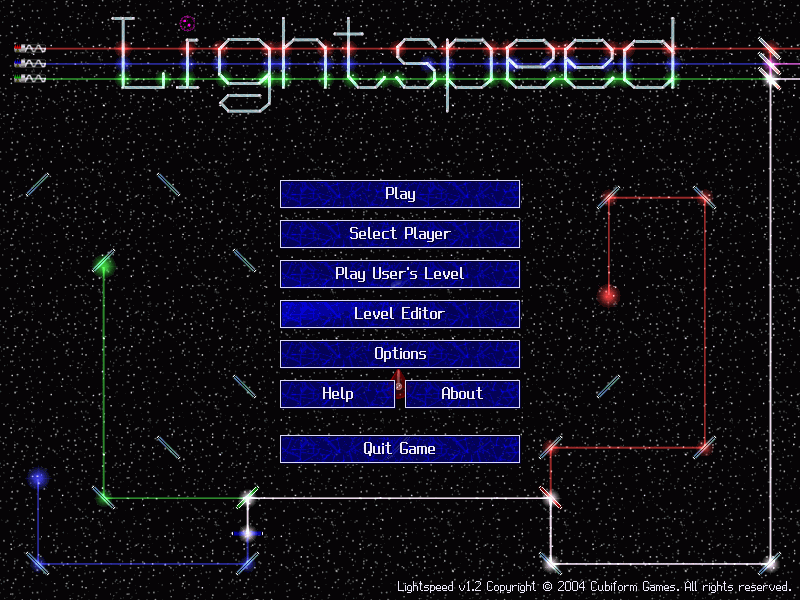
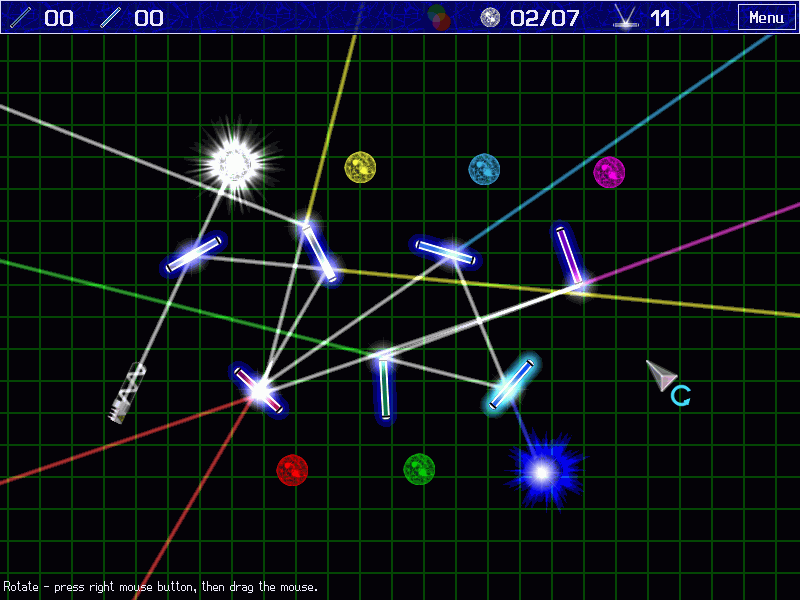

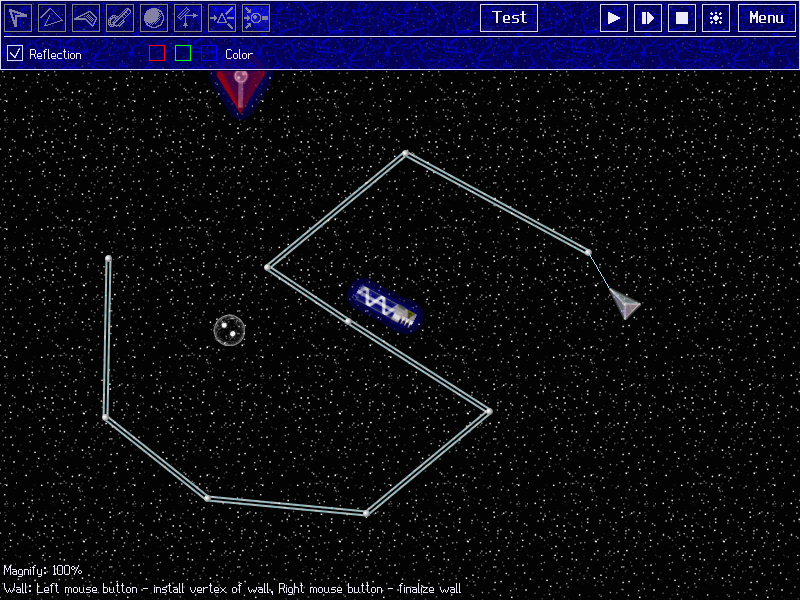
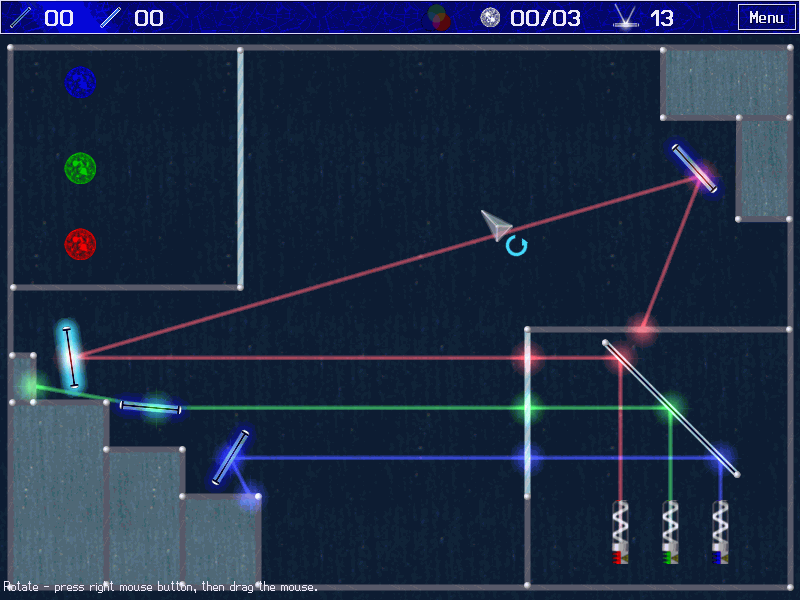
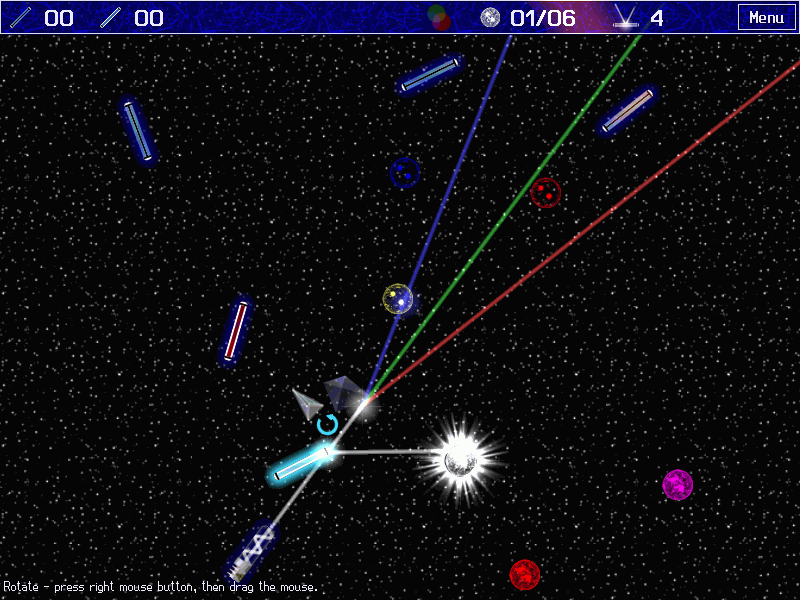



Reviews
There are no reviews yet.